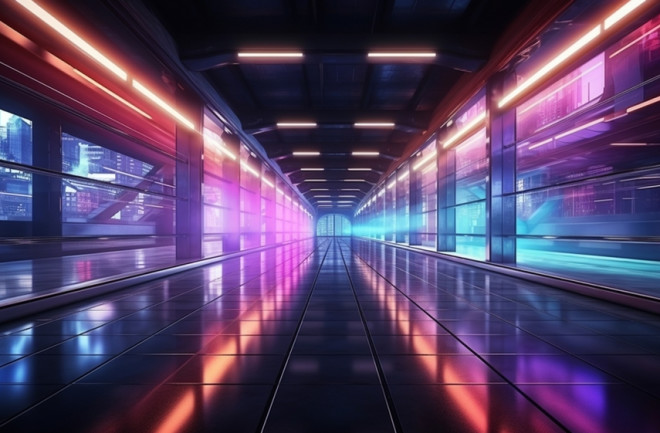Taken most broadly, artificial intelligence is the intelligence of machines. We’re seeing it more and more in everything from self-driving cars to facial recognition software to your smart refrigerator. For better or worse, AI is everywhere. According to many experts, it will bring on the next industrial revolution, changing the face of humankind and what we’re capable of in our daily lives.
Synthetic reality is the next step in AI, where virtual or digital realities are generated using artificial intelligence. Large amounts of data are collected and used to build new worlds and creations that can be used to augment reality. Synthetic reality is the synthetic version of the real world with all its atomic and quantum elements, behaviors, and natural phenomena.
What Synthetic Reality Can Do
According to Anderson Rocha, head of the Artificial Intelligence Lab at the University of Campinas in São Paulo, Brazil, and author of a recent preprint on the subject, synthetic reality is when you attach a story and narrative to synthetic media so that the entire reality is generated through AI.

